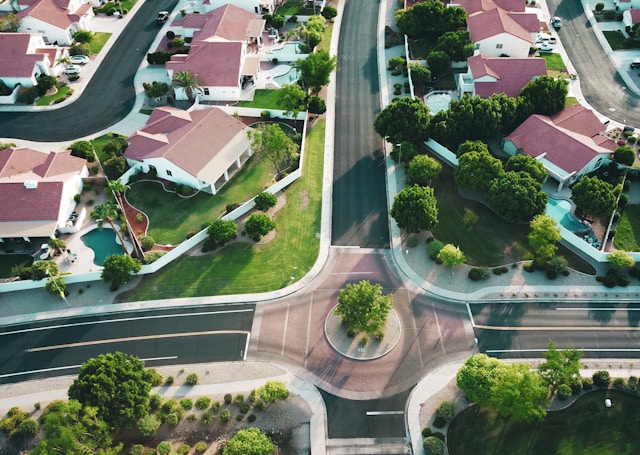Climate change, rising utility costs, and growing public awareness are reshaping how property buyers assess value. Green properties, once a niche option, now stand at the forefront of savvy investment strategies. Whether motivated by long-term savings, tenant demand, or sustainable ethics, investors are showing serious interest in homes that deliver energy efficiency, reduced carbon impact, and environmental design. But what truly makes a property “green”? The answer is not always straightforward, and the market is filled with surface-level claims that don’t hold up under scrutiny. This guide offers a grounded look at what to look for when identifying a green property with long-term investment potential.

The Value of Professional Insight in Identifying Green Potential
Understanding green credentials goes far beyond checking if a house has solar panels. Experts like real estate buyer’s agents in Perth often see properties marketed as eco-conscious when their true benefits are minimal. A good agent, trained to read between the lines, will spot meaningful upgrades, such as a well-rated thermal envelope, double-glazed windows, or a passive solar design that reduces heating needs year-round. These aren’t just features; they speak to the overall performance of the home and its long-term efficiency. Experienced buyer’s agents can also flag red flags like poor insulation hidden behind a “green” façade.
Materials, Design, and Construction: The Foundation of Sustainable Living
What a building is made of plays a big role in how sustainable it really is. Natural materials like rammed earth, recycled timber, or low-carbon concrete contribute not only to better energy performance but also to reduced environmental footprint during construction. These materials often come with the bonus of durability, which means lower repair and replacement costs down the road. Design matters too. A well-oriented house that uses northern light for heating and minimizes exposure to hot afternoon sun will cost less to run and feel more comfortable year-round.
Water Efficiency and Smart Outdoor Design
Sustainability isn’t just about electricity. Water management has become a major part of green property design, especially in drought-prone regions. Features like greywater recycling, water-efficient plumbing fixtures, and rainwater harvesting systems are increasingly common in homes that take resource conservation seriously.
Outdoor spaces deserve attention too. Native or drought-resistant plants reduce the need for irrigation. Permeable paving helps stormwater drain naturally rather than overwhelming local systems. In some suburbs, councils now provide rebates for properties that meet certain landscaping or stormwater guidelines, which can be an attractive incentive for landlords and homeowners alike.
Technology, Smart Systems, and Long-Term Savings
Smart technology used well can boost a property’s green credentials, but buyers should be cautious. Some systems sound cutting-edge but offer little real savings. A fully automated lighting system won’t mean much if the house leaks heat through single-pane windows.
That said, technology that reduces waste or improves energy management is a solid indicator of sustainability. Solar power systems with battery storage, solar hot water, and energy monitoring tools give residents more control over consumption. In rental properties, these systems can lead to higher tenant satisfaction and reduced vacancy rates.
Finding a green property worth investing in demands more than checking for solar panels or ticking off features on a checklist. Whether you’re building a portfolio or buying your first eco-conscious home, knowing where to look and what questions to ask can make all the difference. Investing in green isn’t about chasing trends.



Leave a Reply